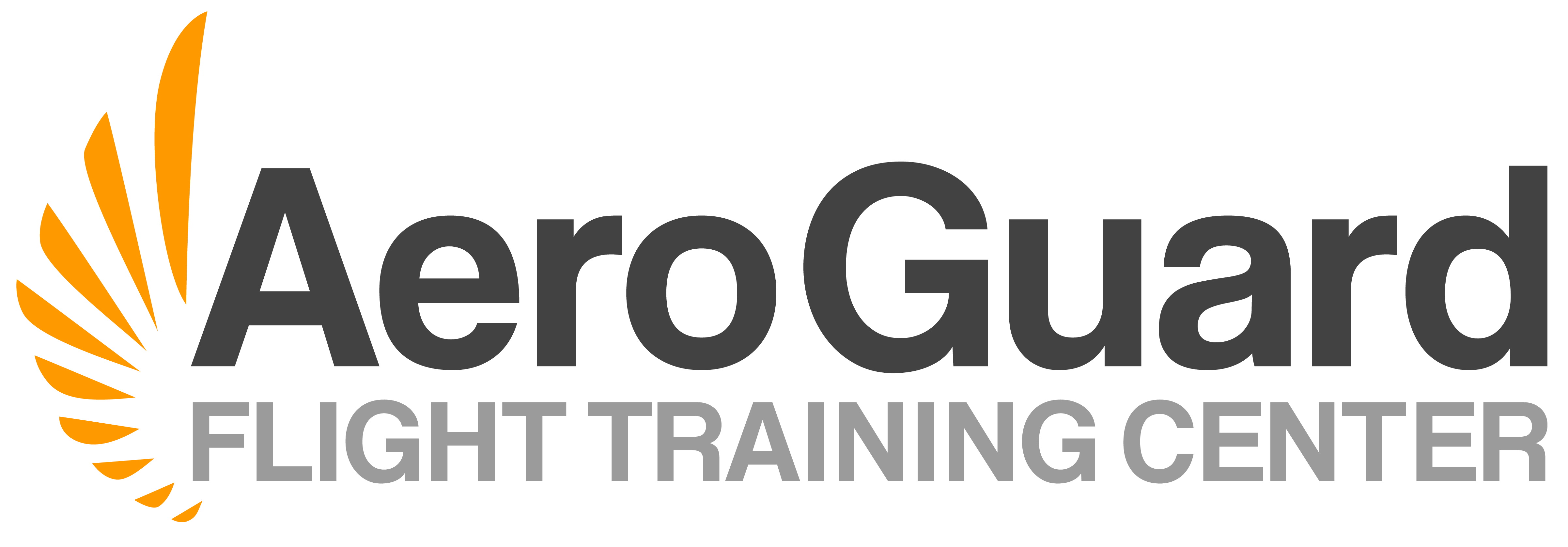Part-Time Flight Training: Is it Right for You?
Are you interested in learning to fly, but aren’t sure if you should pursue full-time, accelerated training or part-time training? Let’s take a dive into the pros and cons of part-time flight training to help you pinpoint what’s right for you.
Pros and Cons of Part-Time Flight Training
Before you decide what type of flight training is suitable for you, it’s important to determine your objectives with aviation. If a full-time program isn’t doable for you, part-time education is another option to look into. What are the pros and cons?
Part-Time Flight Training Pros
Part-time flight training comes with a variety of benefits:
- Holding a job while training
Part-time students have the option to work while they train. This can help them pay for their education as they move through the program of their choosing. In a full-time program, having a job isn’t viable given the amount of knowledge and flight skills students need to absorb in a short time frame. - Training on your own time
Part-time training can be custom-made for each student. This means students can train on their own timeline, allowing them to meet their goals as they see fit – in flight school, as well as their day-to-day lives. - Program flexibility
In this type of program, students have the ability to start and stop at any point in their training. They can complete their PPL only or earn additional ratings as they choose depending on their own aspirations.
Part-Time Flight Training Cons
While part-time training may work for some, it’s not for everyone. There are certain cons associated with it:
- Loss of knowledge
As with most practical skills, repetition leads to muscle memory and improved ability, and flying is no different. Part-time students fly less often, which means it can be easy to lose critical skills over time. To make up for this, students will have to redo missions which will increase their training cost. - Program length
A full-time, accelerated flight program, for those interested in flying for the commercial airlines, can take approximately two years to complete including the time it takes to gain 1,500 hours of experience for the ATP. A part-time, pay-as-you-go program length will be based on an individual’s training objectives and schedule and will take much longer. - Access to Financing
Due to the lack of pre-determined training timeline and career path involved in part-time flight training, typical student loans are often not available to students. Instead students have to pay deposits for their training upfront, which can slow down students’ progress through the course while they save their funds for training.
While part-time flight training has its pros and cons, it’s ultimately up to the student to dictate the best option for them and their aspirations in the field. How long does it take to become a pilot? That depends. If speed, cost and getting to the airlines as quickly as possible matter most to you, then an accelerated program is your best bet. If you’re interested more in flexibility and the ability to keep your current career while working toward a new one, then a part-time program may be for you. There is no right or wrong way to achieve your dreams.
AeroGuard’s Part-Time Flight Training Program
We at AeroGuard understand an accelerated, full-time path isn’t for everyone, and therefore also offer an exceptional part-time flight training solution in our pay-as-you-go program. Additionally, AeroGuard’s 1-week add on programs, while still accelerated, are short enough for students to fit into their regular lifestyle. With the same top-tier curriculum, a wide fleet of 70+ aircraft, and multiple locations to choose from, students can hone their skills and take their dreams skyward!
Connect with an Enrollment Advisor to learn how you can customize your flight training journey to your own schedule and goals today!


